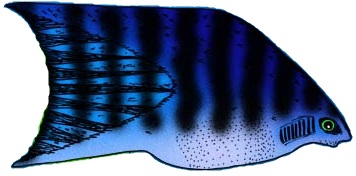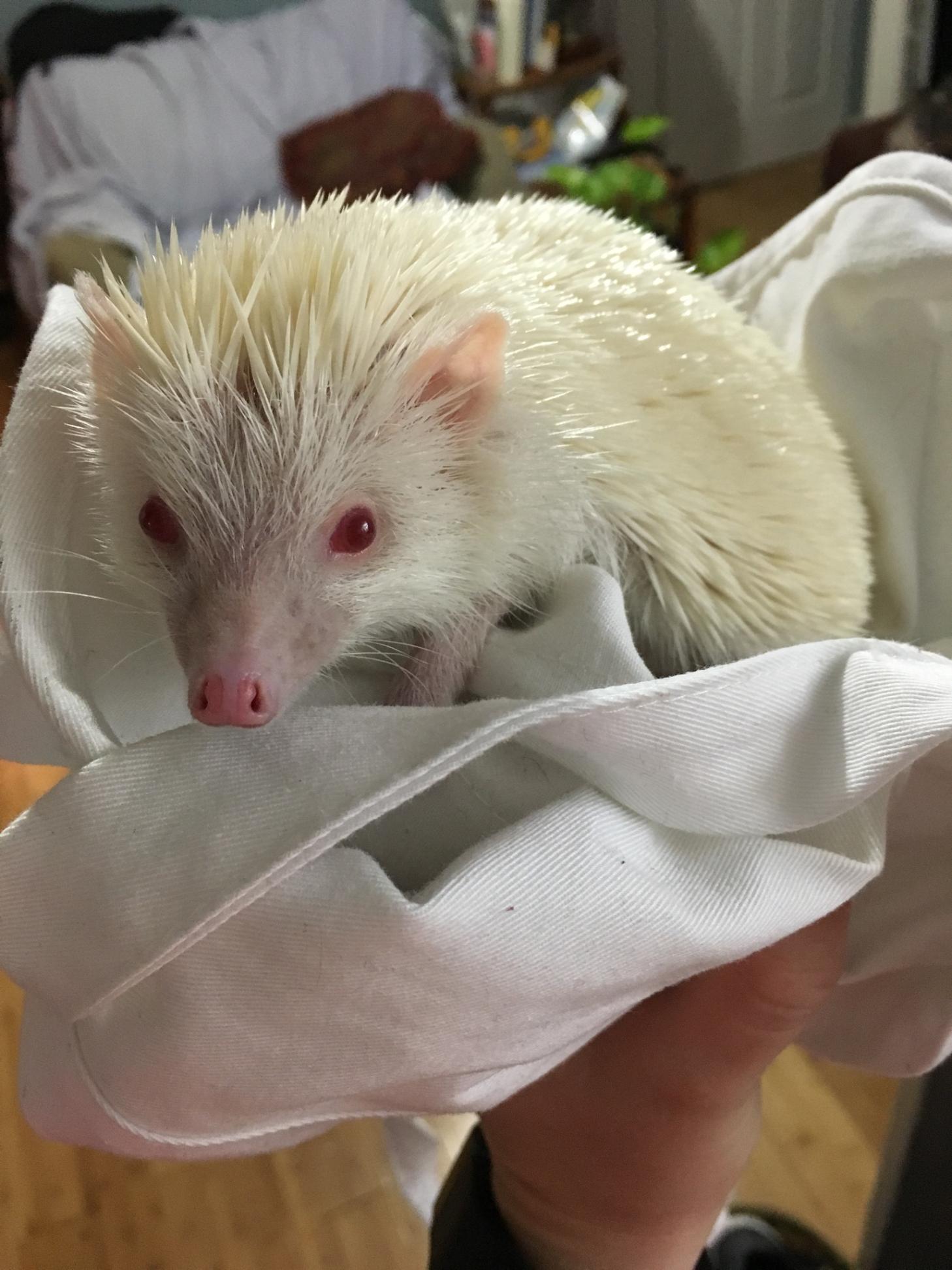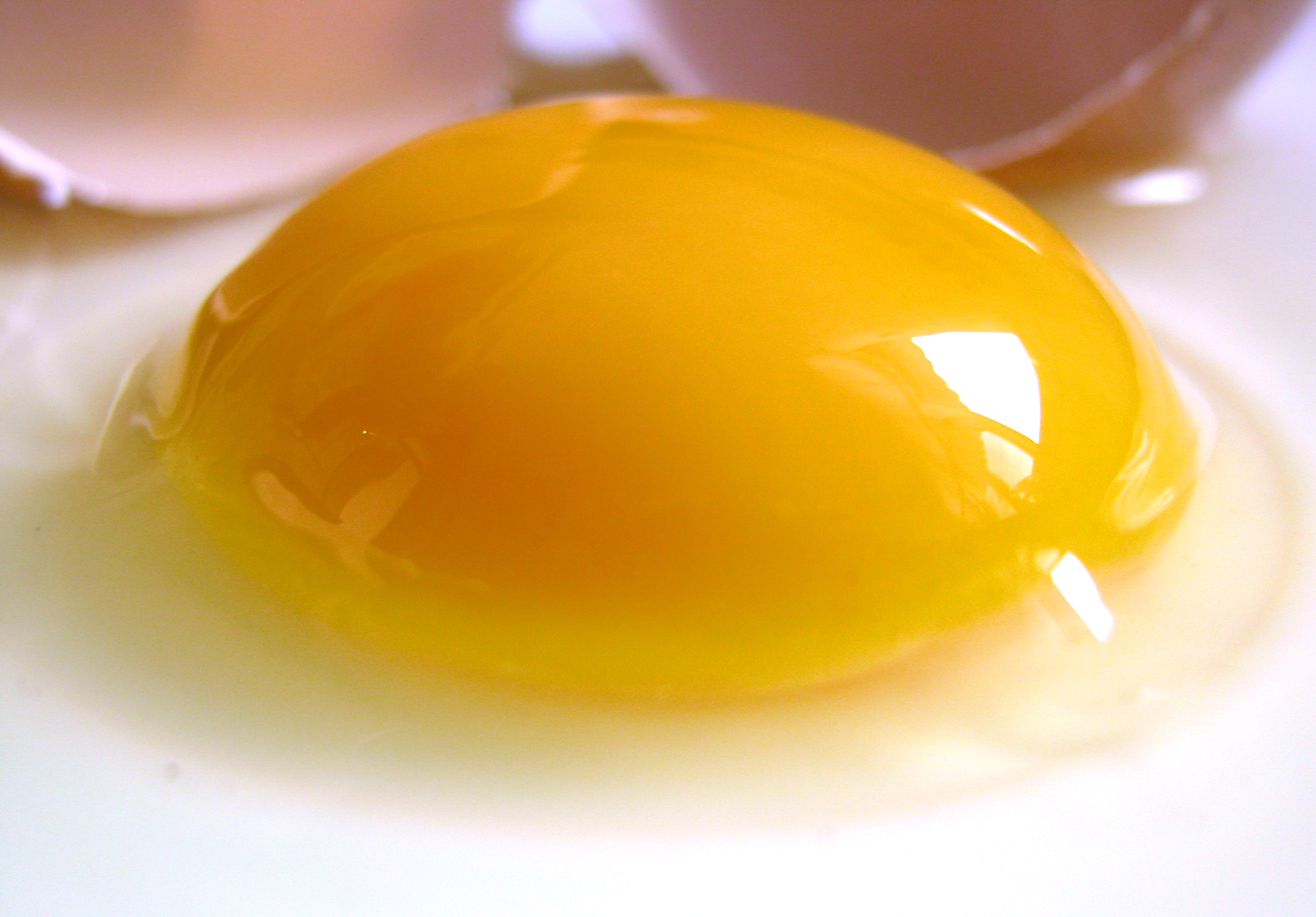|
Raja Brachyura
The blonde ray or blonde skate (''Raja brachyura'') is a species of ray fish in the family Rajidae. Distribution The blonde ray lives in the Eastern Atlantic Ocean, at depths of 10–380 m. It is found occasionally in the Mediterranean Sea as well. Blonde rays look like what you would expect from their name. Light brown with a few creamy-white blotches and dense dark spots which extend up to the very edge of the disc and on the tail Description Like all rays, the blonde ray has a flattened body with broad, wing-like pectoral fins. The body is kite-shaped with a short tail (hence the specific name ''brachyura'', from Ancient Greek words meaning "short tail").They are found anywhere from the western isles of Scotland to Morocco and can be found in the northern and western Mediterranean. Maximum length is . Habitat Blonde rays are considered bottom dwelling species that like more sandy and muddy areas. As with many elasmobranch species, shallow coastal waters are used ... [...More Info...] [...Related Items...] OR: [Wikipedia] [Google] [Baidu] |
Ray (fish)
Batomorphi is a division of cartilaginous fishes, commonly known as rays, this taxon is also known as the superorder Batoidea, but the 5th edition of ''Fishes of the World'' classifies it as the division Batomorphi. They and their close relatives, the sharks, compose the subclass Elasmobranchii. Rays are the largest group of cartilaginous fishes, with well over 600 species in 26 families. Rays are distinguished by their flattened bodies, enlarged pectoral fins that are fused to the head, and gill slits that are placed on their ventral surfaces. Anatomy Batomorphs are flat-bodied, and, like sharks, are cartilaginous fish, meaning they have a boneless skeleton made of a tough, elastic cartilage. Most batomorphs have five ventral slot-like body openings called gill slits that lead from the gills, but the Hexatrygonidae have six. Batomorph gill slits lie under the pectoral fins on the underside, whereas a shark's are on the sides of the head. Most batomorphs have a flat, ... [...More Info...] [...Related Items...] OR: [Wikipedia] [Google] [Baidu] |
Clutch (eggs)
A clutch of eggs is the group of eggs produced by birds, amphibians, or reptiles, often at a single time, particularly those laid in a nest. In birds, destruction of a clutch by predators (or removal by humans, for example the California condor breeding program) results in ''double-clutching''. The technique is used to double the production of a species' eggs, in the California condor case, specifically to increase population size. Size Clutch size differs greatly between species, sometimes even within the same genus. It may also differ within the same species due to many factors including habitat, health, nutrition, predation pressures, and time of year. Clutch size variation can also reflect variation in optimal reproduction effort. In birds, clutch size can vary within a species due to various features (age and health of laying female, ability of male to supply food, and abundance of prey), while some species are determinant layers, laying a species-specific number of egg ... [...More Info...] [...Related Items...] OR: [Wikipedia] [Google] [Baidu] |
Near Threatened Biota Of Africa
NEAR or Near may refer to: People * Thomas J. Near, US evolutionary ichthyologist * Near, a developer who created the higan emulator Science, mathematics, technology, biology, and medicine * National Emergency Alarm Repeater (NEAR), a former alarm device to warn civilians of a foreign nuclear attack on the United States * National Emergency Airway Registry (NEAR), a patient registry for intubations in the United States * Nicking enzyme amplification reaction (NEAR), a method of DNA amplification * NEAR Protocol, a layer-1 blockchain * NEAR Shoemaker, a spacecraft that studied the near-Earth asteroid Eros * Nearness or proximity space *"Near", a city browser by NearGlobal * Near space, the upper atmosphere below outer space Television, film, music, and books * Near (Death Note) The manga series ''Death Note'' features an extensive cast of fictional characters designed by Takeshi Obata with their storylines created by Tsugumi Ohba."How to Think." ''Death Note: How to Read 1 ... [...More Info...] [...Related Items...] OR: [Wikipedia] [Google] [Baidu] |
Fish Of The North Sea
A fish (: fish or fishes) is an aquatic, anamniotic, gill-bearing vertebrate animal with swimming fins and a hard skull, but lacking limbs with digits. Fish can be grouped into the more basal jawless fish and the more common jawed fish, the latter including all living cartilaginous and bony fish, as well as the extinct placoderms and acanthodians. In a break to the long tradition of grouping all fish into a single class (Pisces), modern phylogenetics views fish as a paraphyletic group. Most fish are cold-blooded, their body temperature varying with the surrounding water, though some large active swimmers like white shark and tuna can hold a higher core temperature. Many fish can communicate acoustically with each other, such as during courtship displays. The study of fish is known as ichthyology. The earliest fish appeared during the Cambrian as small filter feeders; they continued to evolve through the Paleozoic, diversifying into many forms. The earliest ... [...More Info...] [...Related Items...] OR: [Wikipedia] [Google] [Baidu] |
Fish Of The East Atlantic
A fish (: fish or fishes) is an aquatic animal, aquatic, Anamniotes, anamniotic, gill-bearing vertebrate animal with swimming fish fin, fins and craniate, a hard skull, but lacking limb (anatomy), limbs with digit (anatomy), digits. Fish can be grouped into the more basal (phylogenetics), basal jawless fish and the more common jawed fish, the latter including all extant taxon, living cartilaginous fish, cartilaginous and bony fish, as well as the extinct placoderms and acanthodians. In a break to the long tradition of grouping all fish into a single Class (biology), class (Pisces), modern phylogenetics views fish as a paraphyletic group. Most fish are ectotherm, cold-blooded, their body temperature varying with the surrounding water, though some large nekton, active swimmers like white shark and tuna can hold a higher core temperature. Many fish can communication in aquatic animals#Acoustic, communicate acoustically with each other, such as during courtship displays. The stud ... [...More Info...] [...Related Items...] OR: [Wikipedia] [Google] [Baidu] |
Raja (fish)
''Raja'', also known as ''Raia'', is a genus of Skate (fish), skates in the family (biology), family Rajidae containing 16 species. Formerly a wastebasket genus, many species historically categorized here have been moved to other genera in the family, such as ''Amblyraja'', ''Beringraja'', ''Dipturus'', ''Leucoraja'' and ''Rostroraja''. ''Raja'' are flat-bodied, cartilaginous fish with a rhombic shapes due to their large pectoral fins extending from or near from the snouts to the bases of their tails. Their sharp snouts are produced by a cranial projection of rostral cartilage. The mouth and gills are located on the underside of the body. They may be either solid-coloured or patterned, and most skates have spiny or thornlike structures on the upper surface, while some species contain weak electrical organs within their tails. Mating typically occurs in the spring and the female lays numerous Egg (biology), eggs per clutch which are encapsulated in leathery cases, commonly known as ... [...More Info...] [...Related Items...] OR: [Wikipedia] [Google] [Baidu] |
Albinism
Albinism is the congenital absence of melanin in an animal or plant resulting in white hair, feathers, scales and skin and reddish pink or blue eyes. Individuals with the condition are referred to as albinos. Varied use and interpretation of the terms mean that written reports of albinistic animals can be difficult to verify. Albinism can reduce the survivability of an animal; for example, it has been suggested that albino alligators have an average survival span of only 24 hours due to the lack of protection from UV radiation and their lack of camouflage to avoid predators. It is a common misconception that all albino animals have characteristic pink or red eyes (resulting from the lack of pigment in the Iris (anatomy), iris allowing the blood vessels of the retina to be visible); this is not the case for some forms of albinism. Familiar albino animals include in-bred strains of laboratory animals (rats, mice and rabbits), but populations of naturally occurring albino animals ... [...More Info...] [...Related Items...] OR: [Wikipedia] [Google] [Baidu] |
Leucism
Leucism () is a wide variety of conditions that result in partial loss of pigmentation in an animal—causing white, pale, or patchy coloration of the skin, hair, feathers, scales, or cuticles, but not the eyes. It is occasionally spelled ''leukism''. Some genetic conditions that result in a "leucistic" appearance include piebaldism, Waardenburg syndrome, vitiligo, Chédiak–Higashi syndrome, flavism, isabellinism, xanthochromism, axanthism, amelanism, and melanophilin mutations. Pale patches of skin, feathers, or fur (often referred to as " depigmentation") can also result from injury. Details ''Leucism'' is often used to describe the phenotype that results from defects in pigment cell differentiation and/or migration from the neural crest to skin, hair, or feathers during development. This results in either the entire surface (if all pigment cells fail to develop) or patches of body surface (if only a subset are defective) having a lack of cells that can make pigm ... [...More Info...] [...Related Items...] OR: [Wikipedia] [Google] [Baidu] |
Skate (fish)
Skates are Chondrichthyes, cartilaginous fish belonging to the family (biology), family Rajidae in the superorder Batoidea of Ray (fish), rays. More than 150 species have been described, in 17 genera. Arhynchobatidae, Softnose skates and Gurgesiellidae, pygmy skates were previously treated as subfamilies of Rajidae (Arhynchobatinae and Gurgesiellinae), but are now considered as distinct families. Alternatively, the name "skate" is used to refer to the entire order of Rajiformes (families Anacanthobatidae, Arhynchobatidae, Gurgesiellidae and Rajidae). Members of Rajidae are distinguished by a stiff snout and a rostrum (anatomy), rostrum that is not reduced. Taxonomy and systematics Evolution Skates belong to the ancient lineage of cartilaginous fishes. Fossil Dermal denticle, denticles (tooth-like scales in the skin) resembling those of today's chondrichthyans date at least as far back as the Ordovician, with the oldest unambiguous fossils of cartilaginous fish dating from the m ... [...More Info...] [...Related Items...] OR: [Wikipedia] [Google] [Baidu] |
Cobh
Cobh ( ,), known from 1849 until 1920 as Queenstown, is a seaport town on the south coast of County Cork, Republic of Ireland, Ireland. With a population of 14,148 inhabitants at the 2022 census of Ireland, 2022 census, Cobh is on the south side of Great Island in Cork Harbour and home to Ireland's only dedicated Passenger terminal (maritime), cruise terminal. Tourism in the area draws on the maritime and emigration legacy of the town. Facing the town are Spike Island, County Cork, Spike and Haulbowline islands. On a high point in the town stands St Colman's Cathedral, Cobh, St Colman's, the cathedral church of the Roman Catholic Diocese of Cloyne. It is one of the list of tallest structures in Ireland, tallest buildings in Ireland, standing at 91.4 metres (300 ft). Name The village on Great Island was known as "Ballyvoloon", a transliteration of the Irish ''Baile Ui-Mhaoileoin'' (English: "O'Malone's town"), while the Royal Navy port, established in the 1750s, became kno ... [...More Info...] [...Related Items...] OR: [Wikipedia] [Google] [Baidu] |
Yolk
Among animals which produce eggs, the yolk (; also known as the vitellus) is the nutrient-bearing portion of the egg whose primary function is to supply food for the development of the embryo. Some types of egg contain no yolk, for example because they are laid in situations where the food supply is sufficient (such as in the body of the host (biology), host of a parasitoid) or because the embryo develops in the parent's body, which supplies the food, usually through a placenta. Reproductive systems in which the mother's body supplies the embryo directly are said to be matrotrophy, matrotrophic; those in which the embryo is supplied by yolk are said to be lecithotrophy, lecithotrophic. In many species, such as all birds, and most reptiles and insects, the yolk takes the form of a special storage organ constructed in the reproductive system, reproductive tract of the mother. In many other animals, especially very small species such as some fish and invertebrates, the yolk mate ... [...More Info...] [...Related Items...] OR: [Wikipedia] [Google] [Baidu] |







